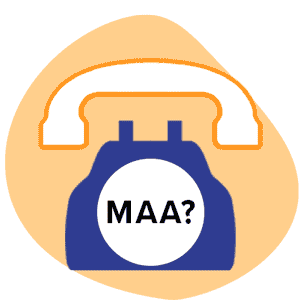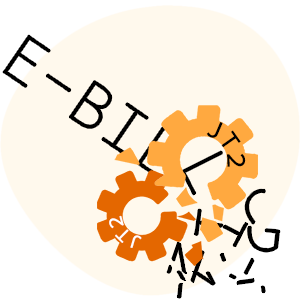DWC 1 Does Not Help Injured Workers Navigate MPNs
.gif)
As California considers desperately needed reforms of the Medical Provider Network (MPN) system, one reform is arguably more necessary and easily achievable than most: fully informing injured workers of their rights.
Navigating MPNs is bewilderingly difficult even for doctors and claims administrators, let alone injured workers. California law therefore mandates that the Administrative Director of the Division of Workers’ Compensation (DWC), currently George Parisotto, provide a form with an “easily understandable” explanation of injured workers’ rights and benefits upon reporting their injury.
California Labor Code 5401 specifically instructs the Administrative Director to provide injured workers a notice that explains:
- From whom the employee can obtain medical care for the injury
- The role and function of the primary treating physician
- The rights of an employee to select and change the treating physician
The California legislature intended for the DWC to actively inform injured workers of their benefits. Presumably, the DWC’s role should also be helping injured workers to access their benefits.
However, the DWC 1 form, meant to serve as the employer's “notice” of an injury, fails to mention or give actionable instructions on critical aspects of injured workers’ rights — especially when the worker is restricted to seeking care within an MPN.
This begs the question: WHY does the DWC keep injured workers in the dark about their legal rights and how to exercise them?
CA Injured Workers’ MPN Rights
California law allows employers to restrict injured workers to MPN physicians chosen by the employer. Yet with this restriction, California law also requires that the employer adhere to the following requirements:
- The employer must arrange and pay for the injured worker to receive an initial evaluation with an MPN physician (of the employer or insurer’s choosing) within one working day of the reported injury.
- After the initial evaluation, the injured worker may seek care from a physician of their own choice within the MPN.
- For an injured worker to choose an MPN physician, every MPN must maintain an online and updated roster of participating MPN providers.
- Every MPN must make Medical Access Assistants (MAAs) available to help injured workers make appointments with the MPN physician the injured worker selects.
- The MAA must arrange a visit to an MPN physician within 3 days of the injured worker notifying the MAA that an appointment for treatment is needed.
- For specialists, the MAA must arrange any necessary appointments within 20 days of the injured worker’s request; if the MAA cannot make the appointment within 10 days, the injured worker may see a specialist outside the MPN.
Of course, all the benefits listed above are meaningless if the beneficiary isn’t aware of them.
If the DWC were adhering to California law, the DWC 1 form would inform injured workers that they are entitled to help navigating MPNs. Yet the DWC 1 form offers injured workers only the following:
- A brief definition of what an MPN is
- A statement that the employer should provide MPN information
- A statement that injured workers “may switch to other doctors within the MPN after the first visit”
Not a word regarding the employer immediately arranging the initial physician visit. No mention of Medical Access Assistants (MAAs), online rosters of MPN physicians, or the duty of MAAs to schedule necessary appointments within specific time frames.
With the DWC 1 in hand, an injured worker does not know how to access their legally mandated rights and benefits under MPNs, much less what to do when the employer fails to provide the legally required benefits. In practical terms, what use is the DWC 1 form to an injured worker?
The DWC 1 is simply a piece of paper that purports to satisfy the DWC’s legal duty, but fails to offer the “understandable” explanations demanded by legislators.
Why Indeed?
Why does the DWC 1 form fail to provide “easily understandable” instructions of all the benefits available to injured workers? Arguably, employers and the DWC benefit from injured workers’ lack of access to information.
- If injured workers do not know the benefits they are entitled to, they cannot demand these benefits from their employer.
- More disturbing, if injured workers do not know the benefits they are entitled to, they cannot demand that the DWC protect and enforce those rights and benefits.
The requirements for access to care under MPNs are critical protections created by legislators representing California residents. However, even the best legislation makes no difference in an information vacuum. Perhaps it’s simply more convenient for the DWC if injured workers are unaware of rights that the DWC consistently fails to enforce.
Learn how workers’ comp e-billing works (and what can go wrong) at our free live min-lesson + Q&A on November 2. Sign up and submit your questions below.
SIGN UP & SUBMIT QUESTIONS
DaisyBill provides content as an insightful service to its readers and clients. It does not offer legal advice and cannot guarantee the accuracy or suitability of its content for a particular purpose.




.gif)
